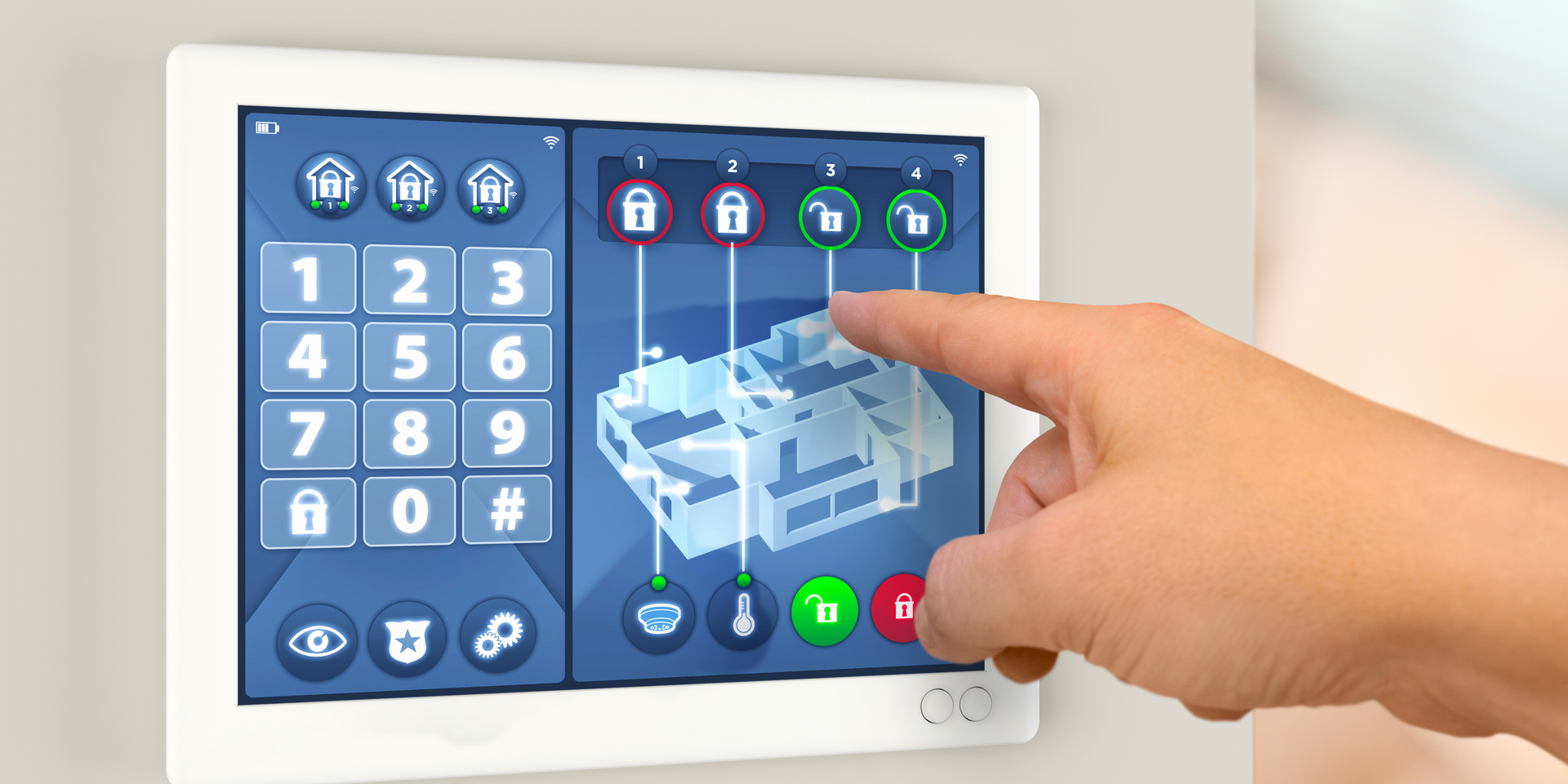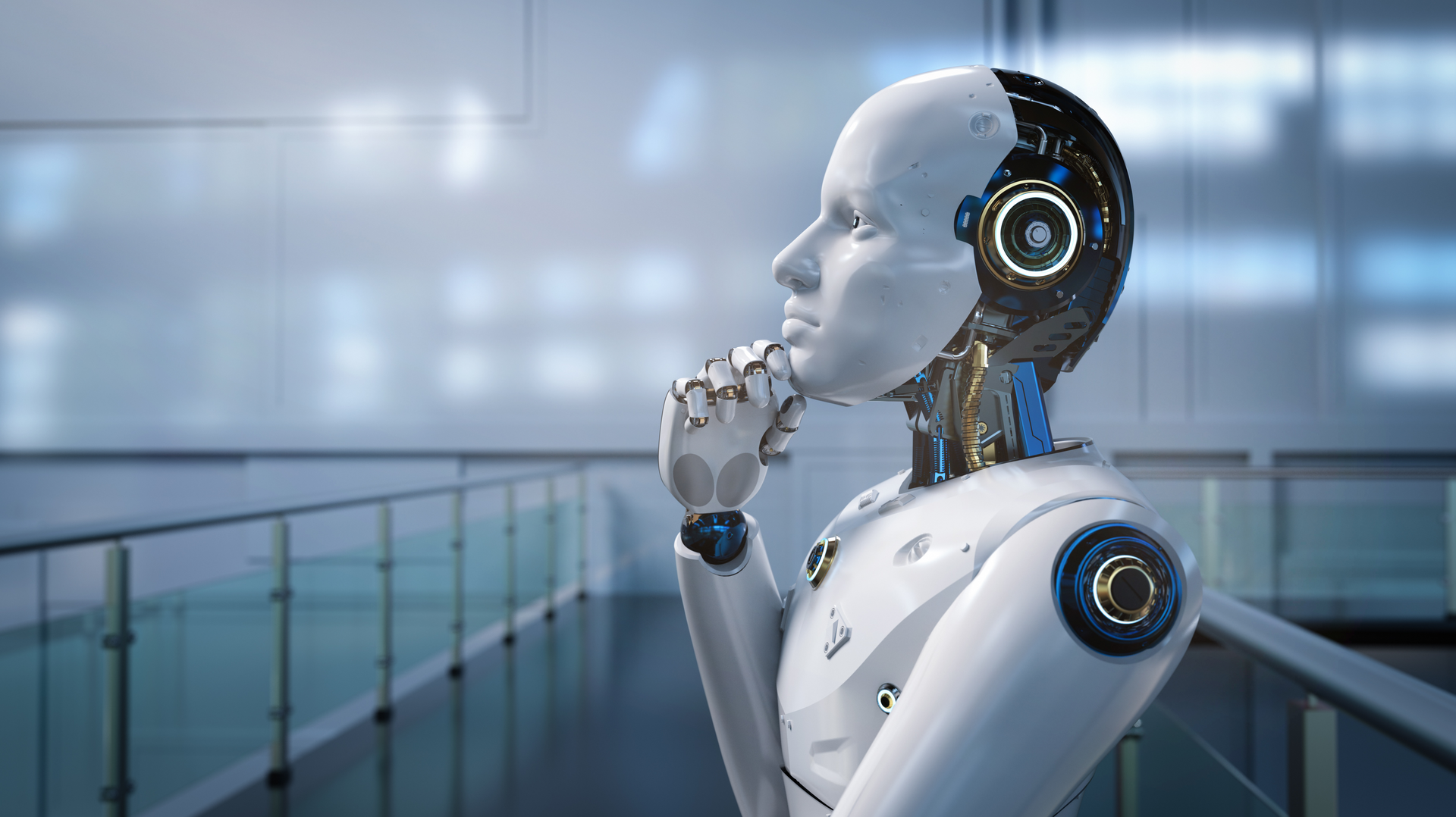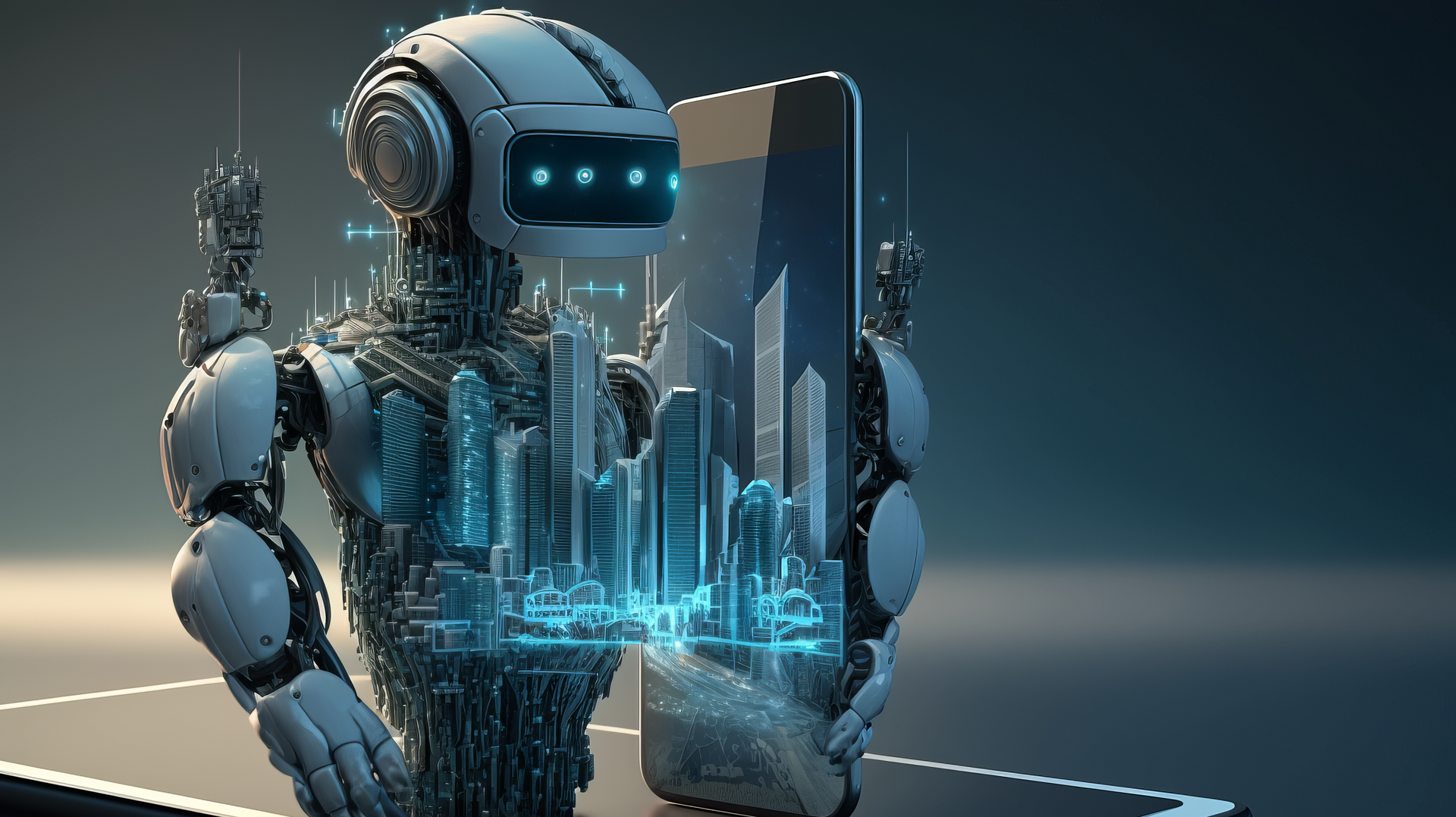As of now, we are still in the midst of the Fourth Industrial Revolution, characterized by the integration of digital, biological, and physical technologies. Discussions about the Fifth Industrial Revolution are largely speculative and philosophical, focusing on future advancements that further integrate human intelligence and creativity with technological advancements. While some thought leaders suggest that the early seeds of the 5th Industrial Revolution are being sown with emerging trends emphasizing sustainability, personalization, and the human-machine collaboration, it is broadly considered that we have not fully entered the 5th Industrial Revolution yet. The transition to this next phase will be marked by a more pronounced integration of technology with human values and ethics, aiming for a balance that prioritizes both technological advancement and human well-being.
5th Industrial Revolution
Where was the Industrial Revolution
The Industrial Revolution Summary began in Great Britain in the late 18th century before spreading to other parts of the world, including Europe, North America, and eventually globally. It marked a significant turning point in history as societies transitioned from predominantly agrarian and handcrafted economies to industrialized and mechanized ones. This era saw the introduction of revolutionary manufacturing processes, the development of steam power, and the birth of factory-based systems of production, fundamentally altering the social, economic, and cultural fabric of the nations involved. Over time, the Industrial Revolution laid the groundwork for the modern industrial economy and the subsequent technological advancements that have shaped our current way of life.
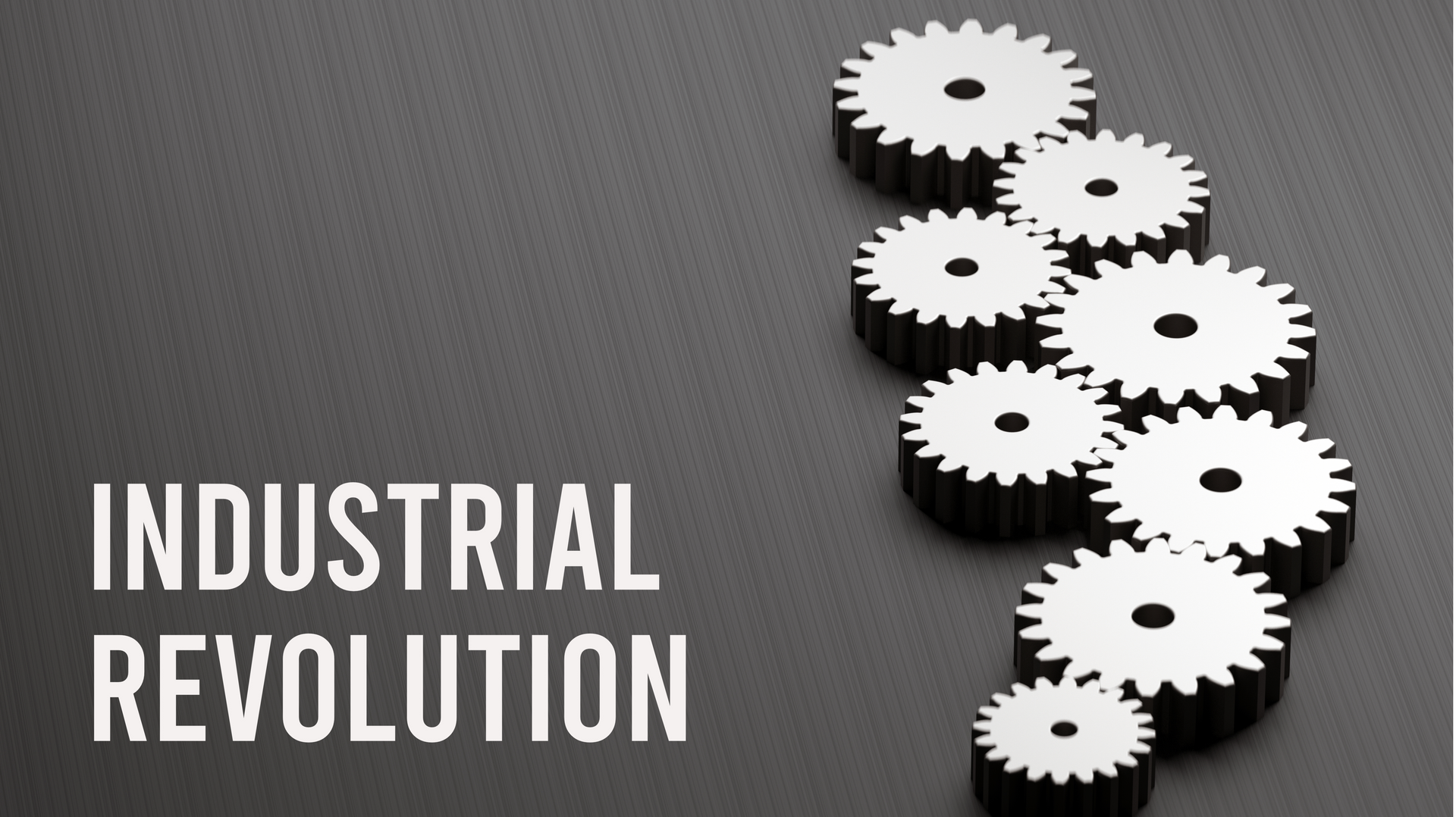
6th Industrial Revolution
The concept of the 6th Industrial Revolution, while still largely theoretical, anticipates a future where human, digital, and physical systems interact at an unprecedented level of integration. It is envisioned to be characterized by the fusion of emerging technologies like advanced artificial intelligence, space technology, biotechnology, and nanotechnology, potentially transforming the very essence of humanity and our interactions with the environment. This era is speculated to further blur the lines between the physical, digital, and biological realms, leading to new challenges and opportunities in how we approach ethics, governance, and sustainability. While the 5th Industrial Revolution focuses on the harmony between humans and machines, the 6th aims to redefine the boundaries of technological innovation and its impact on humanity and the planet.
5th Industrial Revolution
5th Industrial Revolution is a concept that builds on the advancements of the 4th Industrial Revolution, emphasizing the reintegration of human creativity and craftsmanship with advanced digital technologies. This revolution focuses on personalization, sustainability, and ethical considerations, aiming to create a balance between technological progress and human values. It envisions a future where technology empowers individuals, enhances human experiences, and promotes environmental sustainability. In this era, collaboration between humans and machines is leveraged to solve complex global challenges, enhance the quality of life, and drive inclusive growth that benefits society as a whole.
Is AI the 5th Industrial Revolution?
Artificial intelligence (AI) is a significant component of the Fourth Industrial Revolution (4IR), not the Fifth. The 4IR is characterized by the fusion of technologies that blur the lines between the physical, digital, and biological spheres, with AI playing a crucial role. While the concept of a Fifth Industrial Revolution is still evolving, it is envisioned to build upon the 4IR's advancements, focusing more on human-machine collaboration, personalization, and sustainability. Therefore, AI, while foundational to recent industrial transformations, is not itself the 5th Industrial Revolution but rather a pivotal element of the ongoing fourth one.
5th Industrial Revolution PDF
The 5th Industrial Revolution is a concept that emphasizes the convergence of humans and advanced technologies, promoting a more sustainable, human-centric approach to industrialization. It builds on the 4th Industrial Revolution's digital advancements, integrating them with human ingenuity to create solutions that are ethical, inclusive, and sustainable. This era aims to enhance human-machine collaboration, ensuring that technological progress benefits all members of society and addresses global challenges like climate change and resource scarcity. The 5th Industrial Revolution represents a shift towards systems that prioritize the well-being of both individuals and the planet, fostering an environment where technology amplifies human potential without compromising ethical values or sustainability.
5th Industrial Revolution Essay
Fifth Industrial Revolution marks a significant evolution from its predecessor, integrating the digital, physical, and biological realms. This new era emphasizes a return to human-centric values, intertwining advanced technology with individual creativity and ethical considerations to foster a more sustainable and inclusive future.
While the Fourth Industrial Revolution focused on technological advancement and efficiency, often at the expense of human jobs and environmental sustainability, the Fifth aims to harmonize the benefits of advanced technology with the needs and values of humanity. It advocates for a collaborative coexistence between humans and machines, where technology amplifies human potential rather than replacing it. This revolution is not just about technological innovation; it's about reshaping the relationship between technology, society, and the environment.
The 5th Industrial Revolution brings a strong emphasis on personalization and craftsmanship, enabled by technologies like AI, robotics, and the Internet of Things, but with a renewed focus on human involvement and ethical considerations. It seeks to create a world where technology supports enhanced human experiences and equitable access to digital benefits, while also addressing critical global challenges such as climate change and resource depletion.
In this new era, the role of businesses and organizations transcends profit generation to include the pursuit of a greater good for society and the planet. Companies are encouraged to adopt sustainable practices and to innovate in ways that benefit all stakeholders, including employees, customers, communities, and the environment.
In conclusion, the Fifth Industrial Revolution represents a pivotal shift towards a more balanced, equitable, and sustainable future. It offers a vision of a world where technology serves humanity, enhancing our lives and work while protecting and nurturing the planet for future generations. As we navigate this transition, it is imperative that individuals, businesses, and policymakers work collaboratively to steer technological advancement in a direction that benefits all of humanity and the world we inhabit.
Are we in the 5th Industrial Revolution?
What is the 7th Industrial Revolution?
The concept of the 7th Industrial Revolution is highly speculative and not widely recognized in current academic or industrial discourse, as we are still navigating the complexities of the Fourth Industrial Revolution. The idea would likely build upon future technological and societal advancements beyond the 5th and 6th revolutions, potentially focusing on even more advanced integration of technology with human consciousness, space exploration, or other yet-to-be-imagined frontiers. Such a revolution could encompass breakthroughs that transcend our current understanding of technology and society, possibly involving advanced artificial intelligence, deep space exploration and colonization, or new forms of energy and material science. However, any concrete definition or description remains purely hypothetical and is grounded more in the realm of science fiction than in current technological reality or projection.
5th Industrial Revolution Examples
The 5th Industrial Revolution, while still a conceptual phase, focuses on the integration of human ingenuity and creativity with advanced technologies, aiming for a more sustainable and human-centric approach. Here are some hypothetical examples that illustrate what the 5th Industrial Revolution might encompass:
- Collaborative Robotics (Cobots): Unlike traditional robots that operate independently, cobots work alongside humans, enhancing their capabilities rather than replacing them. For instance, a cobot in a manufacturing setting could assist workers by handling heavy lifting or precision tasks, reducing strain and increasing productivity while keeping the human worker in control.
- Personalized Medicine: Leveraging advancements in genomics, AI, and biotechnology, personalized medicine in the 5th Industrial Revolution could tailor medical treatments to individual patients. This approach not only improves healthcare outcomes but also focuses on the human aspect of medical care, emphasizing patient-centric solutions.
- Sustainable Manufacturing: Integrating advanced technologies with a commitment to sustainability, manufacturing processes could become more efficient and less wasteful. For example, using AI and IoT for real-time monitoring and optimization of energy use in factories, or employing 3D printing to reduce material waste and enable local production, minimizing the carbon footprint.
- Smart Cities: Urban environments where technology and human-centric design converge to create more livable, sustainable, and inclusive communities. Smart cities in the 5th Industrial Revolution would use IoT, AI, and big data to improve urban infrastructure, public services, and quality of life, focusing on enhancing the human experience in the urban landscape.
- Ethical AI: Development and implementation of AI systems that prioritize ethical considerations, transparency, and accountability, ensuring that technology aligns with human values and societal well-being. This could involve frameworks and regulations that guide the ethical use of AI, emphasizing its role in supporting and augmenting human capabilities rather than undermining them.
These examples embody the vision of the 5th Industrial Revolution, where technology serves humanity, fostering a symbiotic relationship that enhances human capabilities, prioritizes ethical considerations, and promotes a sustainable future.
5th Industrial Revolution Summary
The 5th Industrial Revolution is envisioned as an era where technology and humanity coalesce to foster a more inclusive, sustainable, and human-centric global economy. It builds on the digital transformation of the 4th Industrial Revolution but emphasizes the reintegration of human intuition and values into technological advancements. This revolution highlights the importance of collaboration between humans and machines, focusing on enhancing human capabilities rather than replacing them, and prioritizes sustainable practices and ethical considerations in technological development. The goal is to leverage advanced technologies to address societal challenges, improve quality of life, and ensure that the benefits of technological progress are equitably distributed.
Is AI the 5th Industrial Revolution?
Artificial intelligence (AI) is a foundational element of the Fourth Industrial Revolution, not the Fifth. The 5th Industrial Revolution is conceptualized as an era that transcends the digital focus of the 4th, emphasizing a reintegration of human-centric values, ethics, and collaboration with advanced technologies, including AI. While AI will undoubtedly play a significant role in the 5th Industrial Revolution, this next phase is characterized by its focus on enhancing human-machine collaboration and ensuring technological advancements contribute positively to society and the environment. Thus, AI is not the 5th Industrial Revolution itself but will be a crucial component within its broader context.
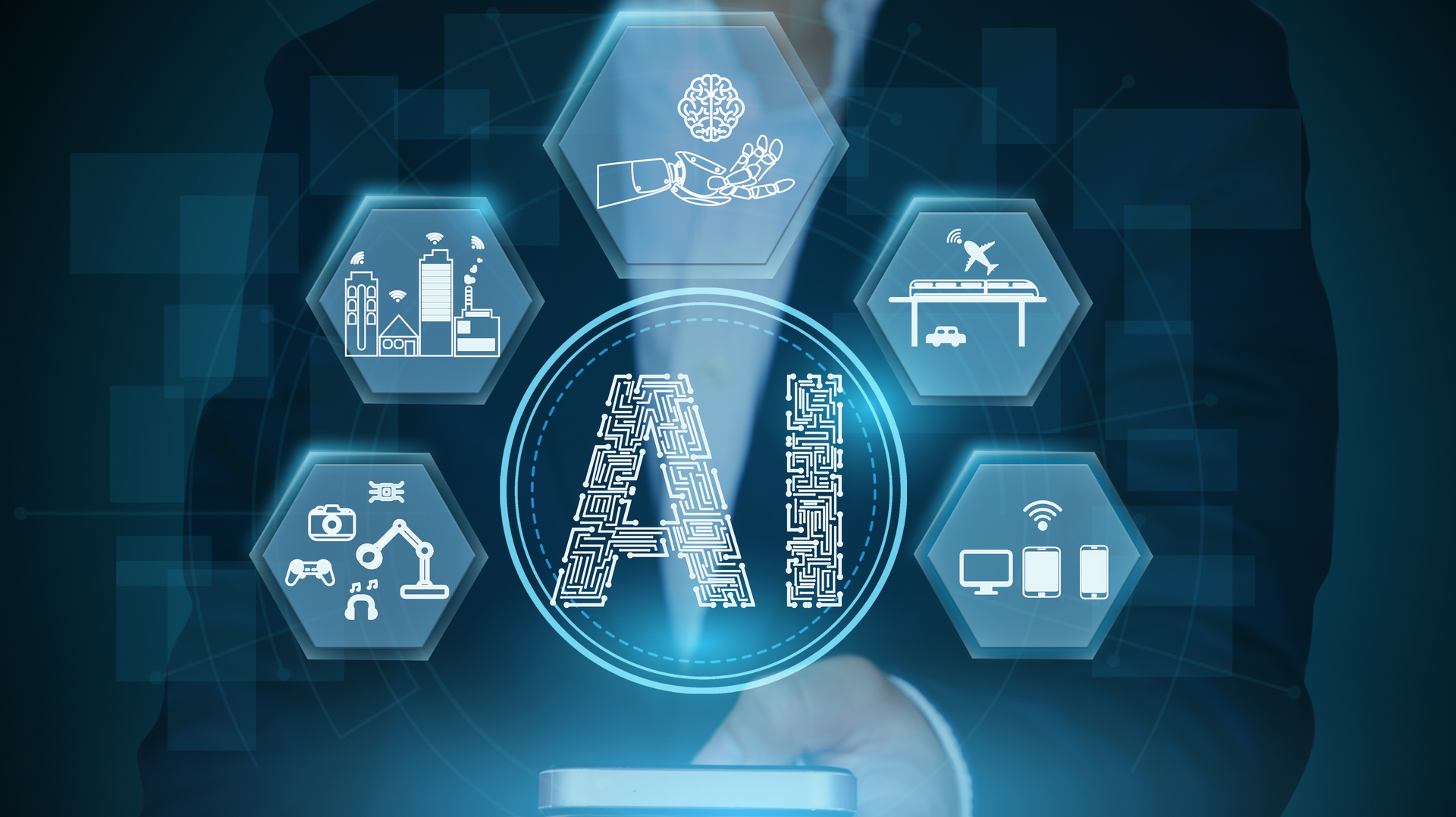
Fifth Industrial Revolution Wikipedia
Studying the Fifth Industrial Revolution involves exploring the potential future integration of advanced technologies with human-centric approaches, emphasizing ethical, sustainable, and inclusive development. Researchers and scholars analyze how this new era could balance technological innovation with enhancing human capabilities, focusing on collaboration rather than substitution. This field of study also examines the potential for new economic models, education systems, and workforce strategies to adapt to and shape the evolving landscape where technology amplifies human potential. By investigating these areas, scholars aim to provide insights and frameworks that can guide businesses, policymakers, and societies toward a more equitable and sustainable future, leveraging the best of technology while preserving core human values.
Fourth Industrial Revolution Skills
The Fourth Industrial Revolution (4IR) emphasizes a blend of technical, digital, and soft skills due to the integration of technologies like artificial intelligence (AI), the Internet of Things (IoT), and robotics into various sectors. Key skills include:
- Technical and Digital Literacy: Proficiency in digital skills, understanding of data analytics, AI, machine learning, and cybersecurity to navigate the increasingly digital landscape.
- Critical Thinking and Problem-Solving: The ability to analyze complex information, think strategically, and develop innovative solutions to challenging problems.
- Creativity and Innovation: Encouraging original ideas and innovation is crucial as automation takes over routine tasks, emphasizing the value of human ingenuity.
- Emotional Intelligence: The capacity to be aware of, control, and express one's emotions, and to handle interpersonal relationships judiciously and empathetically.
- Adaptability and Flexibility: Being able to adjust to new conditions and learn new skills rapidly in response to changing environments and technologies.
- Collaboration and Teamwork: Effective communication and collaboration skills are essential in a connected world where cross-functional teams are the norm.
- Leadership and Social Influence: The ability to guide and influence others in a rapidly evolving work environment, including navigating remote and culturally diverse teams.
- Lifelong Learning: A commitment to continuous learning and self-improvement is vital to keep pace with technological advancements and changing industry demands.
Developing these skills can help individuals thrive in the 4IR era, ensuring they are prepared to tackle new challenges and seize the opportunities presented by this technological revolution.
When will the 5th Industrial Revolution Start
The 5th Industrial Revolution When it will Happen and How
The 5th Industrial Revolution is expected to evolve as a natural progression from the 4th, emphasizing the reintegration of human intuition, ethics, and values with advanced technologies. While it's challenging to predict a precise timeline, it is likely to unfold over the coming decades as society seeks a more sustainable, inclusive, and human-centric approach to technological development. This new era will be characterized by enhanced collaboration between humans and machines, with a strong focus on personalization, environmental sustainability, and the ethical use of technology. The transition will be driven by advancements in AI, robotics, biotechnology, and digital connectivity, alongside a growing societal emphasis on creating technology that benefits all of humanity.
5th Industrial Revolution Definition
5th Industrial Revolution is defined as the next phase in industrial evolution, where advanced technologies from the 4th Industrial Revolution are integrated with human-centric values and approaches. It emphasizes the collaboration between humans and machines, focusing on enhancing human capabilities and ensuring that technological advancements lead to greater societal benefits, sustainability, and ethical considerations. This era aims to harmonize the power of technology with the creative and empathetic strengths of humanity, creating a more inclusive, sustainable, and personalized future. The 5th Industrial Revolution seeks to not only advance economic growth but also to ensure that progress is aligned with environmental stewardship and global well-being.
Are we Living in the 5th Industrial Revolution?
As of now, we are not living in the 5th Industrial Revolution; we are still navigating the complexities of the 4th Industrial Revolution, characterized by the integration of digital, biological, and physical worlds. The 5th Industrial Revolution, while discussed in theoretical terms, is considered a future phase that will focus on the fusion of advanced technological capabilities with human-centric values and ethics. It's envisioned as an era where technology not only advances productivity and innovation but also enhances individual well-being and addresses global challenges in a sustainable and inclusive manner. While some elements of the 5th Industrial Revolution are beginning to emerge, a full transition to this new era is yet to occur.
Fifth Industrial Revolution in Education
The Fifth Industrial Revolution in education will likely emphasize personalized learning experiences, integrating advanced technologies with human-centric approaches to cater to individual student needs and learning styles. It envisions leveraging AI, virtual reality, and other digital tools to create immersive and interactive learning environments, while also fostering creativity, critical thinking, and emotional intelligence alongside technical skills. This new educational paradigm aims to prepare students for a future where collaboration with intelligent machines is commonplace, and adaptability, innovation, and lifelong learning are crucial competencies. Moreover, it underscores the importance of ethical considerations and sustainability in the curriculum, preparing students to be responsible global citizens in a technologically advanced world.
5th Industrial Revolution Inventions
While the 5th Industrial Revolution has not fully commenced, it is anticipated to build on the technological advancements of the 4th Industrial Revolution, introducing inventions that further integrate human-centric values with emerging technologies. Potential inventions could include:
- Advanced Human-Machine Interfaces: New inventions may further blur the lines between humans and machines, with more intuitive, natural user interfaces and enhanced brain-computer interfaces that could allow for seamless communication between humans and digital systems.
- Personalized Healthcare Technologies: Precision medicine powered by AI and big data could provide highly individualized treatments and preventive healthcare, potentially extending life expectancy and improving quality of life.
- Sustainable and Smart Infrastructure: Innovations in energy generation, storage, and consumption, alongside smart urban planning technologies, could revolutionize how we live in and interact with our cities, prioritizing sustainability and efficiency.
- Collaborative Robotics and AI: Robots and AI systems that can work alongside humans, learning from and complementing human skills, could become commonplace in industries, homes, and public spaces, enhancing productivity and personal assistance.
- Ethical AI and Technology Governance: Innovations in AI ethics and governance could emerge, ensuring that technological advancements are aligned with human values, promoting trust and safety in AI applications.
- Education Technologies: Advanced EdTech could offer personalized learning experiences, leveraging AI to adapt to individual learning styles and needs, making education more accessible and effective.
These inventions would not only signify technological progress but also reflect a shift towards a world where technology serves to enhance human capabilities and quality of life, adhering to principles of sustainability, inclusivity, and ethical responsibility.
Has Industrial Revolution 5.0 Started
No, Industrial Revolution 5.0 has not officially started as we are still in the midst of the Fourth Industrial Revolution, which focuses on the integration of digital, biological, and physical worlds. The Fifth Industrial Revolution is a conceptual future phase that will emphasize a deeper integration of human creativity and ethics with advanced technologies, aiming for a more sustainable, inclusive, and human-centric approach. While there are emerging discussions and early signs of what could define the 5th Industrial Revolution, such as advancements in AI ethics and human-machine collaboration, we have yet to fully enter this new era.
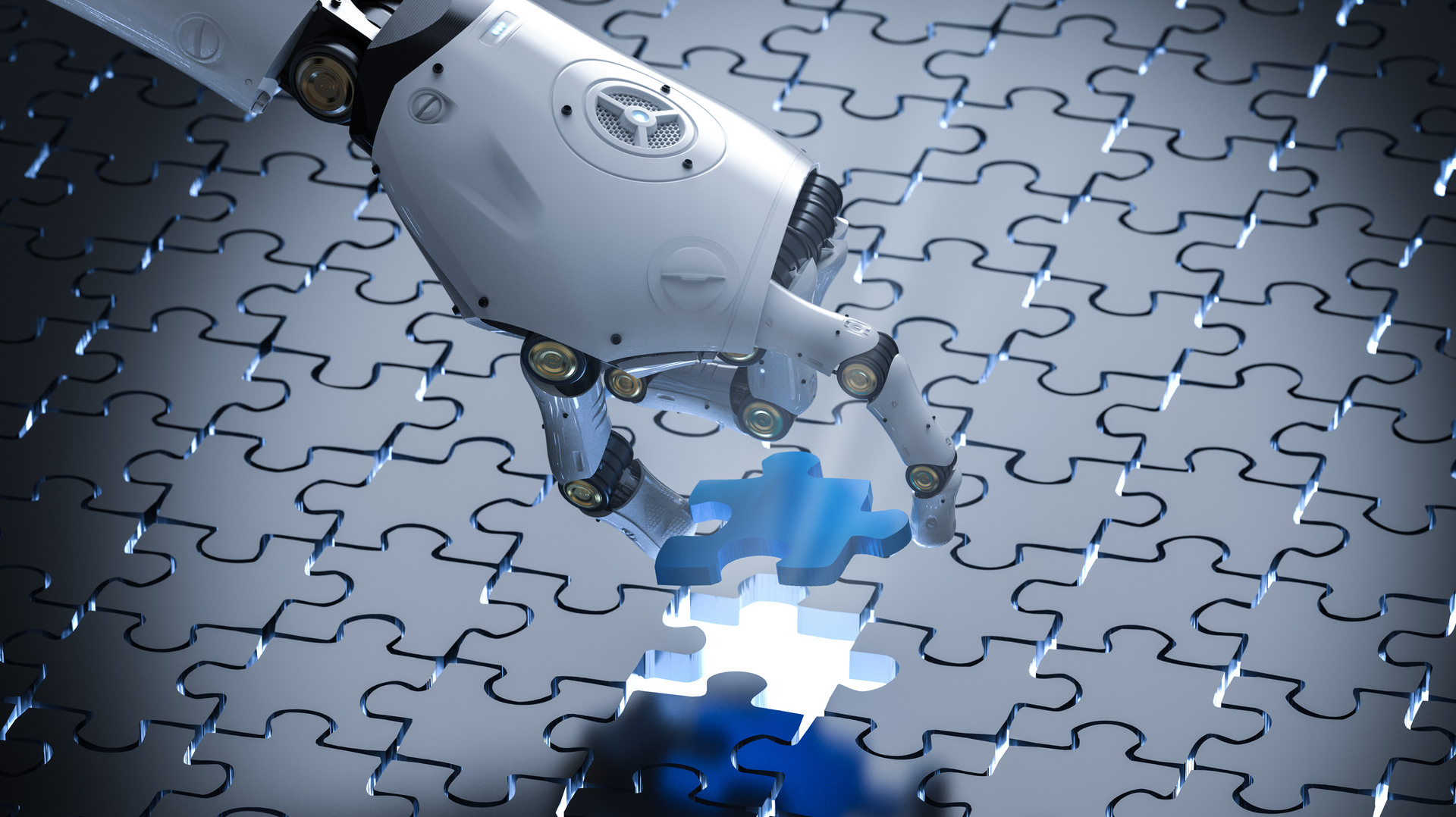
Industry 4.0 Technologies Examples
Industry 4.0, or the Fourth Industrial Revolution, is characterized by the use of various advanced technologies to increase efficiency, productivity, and interconnectivity in industries. Here are some key examples of Industry 4.0 technologies:
- Internet of Things (IoT): Devices and sensors connected to the Internet, collecting and exchanging data to optimize processes, predict maintenance needs, and enhance decision-making.
- Artificial Intelligence (AI) and Machine Learning: AI algorithms and machine learning enable systems to analyze data, learn from it, and make informed decisions or predictions, enhancing automation and efficiency.
- Robotics and Automation: Advanced robots and automated systems that can perform tasks with high precision and flexibility, often working alongside humans in collaborative environments.
- Additive Manufacturing (3D Printing): The use of 3D printing to create complex parts and products directly from digital models, allowing for rapid prototyping and customization.
- Cybersecurity: Enhanced security measures are crucial to protect interconnected systems and data from cyber threats and ensure the integrity and reliability of Industry 4.0 technologies.
- Augmented Reality (AR) and Virtual Reality (VR): AR and VR technologies are used for training, simulation, maintenance, and to provide enhanced, interactive experiences in various industrial applications.
- Big Data Analytics: The ability to process and analyze vast amounts of data in real-time, providing valuable insights for decision-making, optimization, and predictive maintenance.
- Cloud Computing: Enables the storage and processing of data over the internet, offering flexibility, scalability, and access to powerful computational resources without the need for heavy on-site infrastructure.
- Digital Twins: Virtual replicas of physical systems or processes that can be used for simulation, analysis, and control, helping to optimize performance and anticipate potential issues.
These technologies are driving the transformation of industries, making them smarter, more efficient, and more interconnected, shaping the future of manufacturing and production in the Fourth Industrial Revolution.
Are we already in the 5th Industrial Revolution?
No, we are not yet in the 5th Industrial Revolution. Currently, we are in the midst of the 4th Industrial Revolution, characterized by the integration of digital technologies like AI, IoT, and robotics into various industries. The 5th Industrial Revolution, while not officially underway, is anticipated to build on these technologies, focusing more on the integration of human intelligence and ethical considerations with advanced technological systems. It aims to enhance human-machine collaboration, prioritizing sustainability and a more personalized approach to technology use in industries and daily life.
When did the Industrial Revolution Start in America?
The Industrial Revolution started in America in the late 18th century, but it really gained momentum in the early 19th century. While the exact start date can vary depending on the criteria used, a significant marker is Samuel Slater's establishment of the first textile mill in Pawtucket, Rhode Island, in 1793, which used water-powered machinery and marked the beginning of America's industrialization. The Industrial Revolution in the U.S. expanded rapidly in the following decades, transforming the economy from agrarian-based to industrial and manufacturing, significantly influencing the social, economic, and cultural landscape of the country.
What is the Difference between 4th and 5th Industrial Revolution?
The 4th Industrial Revolution is characterized by the fusion of digital, biological, and physical worlds, driven by technologies like AI, IoT, robotics, and big data analytics. It focuses on the integration of digital technologies into every aspect of human life and industry, often emphasizing efficiency, automation, and interconnectivity. In contrast, the 5th Industrial Revolution is projected to build on these advancements by reintegrating human creativity, ethics, and values into the technological landscape, emphasizing collaboration between humans and machines, sustainability, and personalization. While the 4th revolution seeks to optimize and automate, the 5th aims to harmonize technology with humanity's broader goals and well-being.
You might also like
